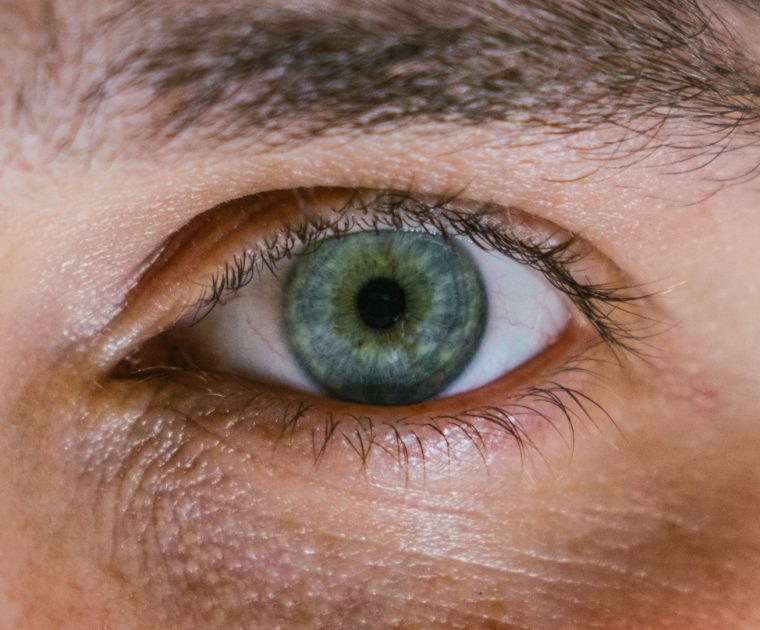Cataract surgery has quickly become one of the most commonly performed procedures in America.
On this page, I will discuss the information that I usually share with patients who are considering cataract surgery. There are a variety of methods that a surgeon may favor when removing a cataract. The information on this page reflects the techniques I choose when planning for a safe, efficient surgery.
Where is cataract surgery performed?
Most commonly, I perform my cataract surgeries at an outpatient surgical facility. These centers specialize in eye surgery. This means that everyone from reception to nursing is well-trained to optimize a patient’s experience with cataract surgery. Occasionally, I will operate at the hospital if the situation requires this.
Do I have to stay overnight after my surgery?
No. Once the surgery is over and you have finished a brief recovery, you are allowed to return home with precautions I’ve described below. I always recommend that you have a trusted companion drive you home from surgery.
What is the anesthesia like?
I perform the vast majority of my cataract surgeries under local anesthesia. This means that we use medicine around the eye that prevents you from feeling pain during surgery. A mild sedative is given to you before the local anesthetic is administered. During surgery, an anesthesiologist or nurse anesthetist is always present as a safety precaution.
Rarely, I perform surgery under general anesthesia (with the patient asleep) if the situation requires this. In most scenarios, however, local anesthesia is both safer and more efficient.
How can you perform an operation on something as small as an eye?
Because cataract surgery is a type of “micro-surgery,” just about all of the steps of the procedure are performed as I look through an operating microscope. During surgery, you are asked to lay flat on your back so that the microscope can be focused.
What are the steps of a routine cataract surgery?
Once you are brought into the operating room, the eye is cleaned with a betadine solution that protects against postoperative infections. A clean paper sheet is placed over your face and torso so that the operating area remains sterile during the procedure. Then the microscope is brought into place and focused.
A couple of tiny incisions are made in the cornea at the front surface of the eye. A gel solution is placed inside the eye to protect the structures that are not being addressed during surgery. Next, the cataract is accessed by creating a hole in the capsule that holds it. Using a combination of ultrasound energy and vacuum, I use a small instrument to remove pieces of the cataract until it is entirely gone. The cataract capsule is then cleaned before a new lens implant is placed into the eye.
What are the precautions I take after cataract surgery?
After surgery is over, a patch is placed over your eye that is meant to stay in place overnight. We remove the patch in my office the next day when you come for your initial postoperative checkup. I ask that you keep the patch dry overnight.
I also recommend avoiding strenuous activities for about 2 weeks after surgery. This means that I advise my patients not to bend over past the waist, not to strain themselves with activity, and not to lift objects heavier than about 15 pounds.




